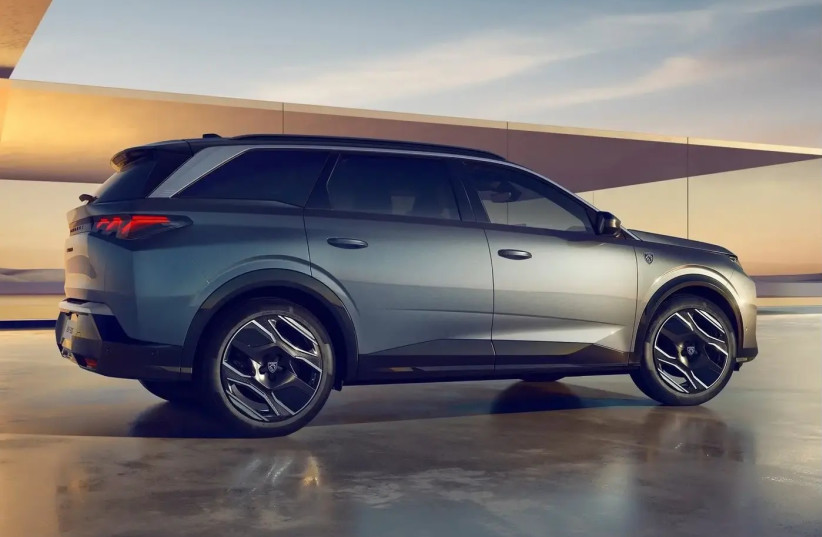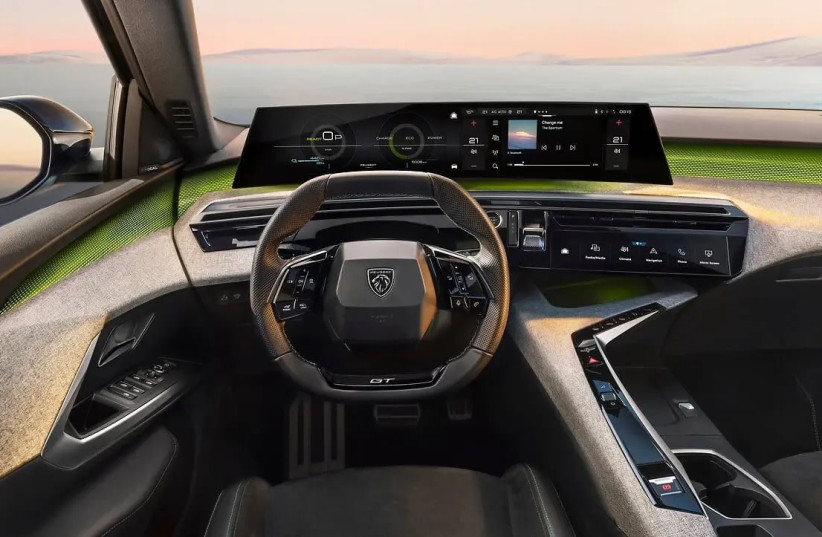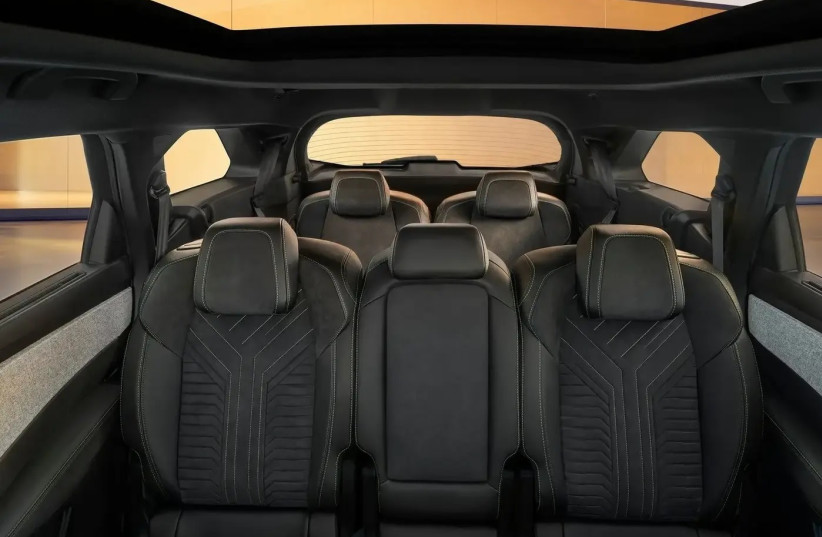While the electric car market is undergoing turmoil as manufacturers and markets worldwide face a slowdown in demand, it is the hybrids that are gaining strength. Peugeot is presenting the new generation of the 5008 at an excellent timing that aims to dance at all weddings and leave the cake whole, with a selection of hybrid and electric propulsion units.
This is the third generation of Peugeot's 7-seat crossover that marks the first entry into the electric 7-seat market of a major European manufacturer, joining the excellent and expensive Kia EV9. The base, as in the previous generation, is the 3008 and the STLA platform, and in fact, it is an elongated version rather than a completely independent model.
The exterior design maintains the square look of the previous generation in favor of interior space, with the new manufacturer's design language attached to its front.
In terms of external dimensions, the new 5008 is 4.79 meters long, 1.89 meters wide, and 1.69 meters high. The wheelbase extends to 290 cm, very generous for the comfort of passengers in the second and third rows. There is a significant growth in dimensions compared to the previous generation, especially in length (4.64 meters in the previous generation), width (1.84 meters), and wheelbase which grew from 282 cm. Another important improvement for the 7-seat vehicle is the cargo volume. With all 7 seats in use, there is still a storage volume of 259 liters compared to 210 liters in the previous generation.
Also in the driver's environment, we are dealing with a duplication of the design concept we encountered in the 3008. This includes a 21-inch panoramic screen integrated with the instrument panel and multimedia system. This system also offers 10 programmable buttons with pre-set shortcuts to useful functions. This is Peugeot's intermediate solution of combining touch operation with human engineering.
According to the manufacturer's press release, numerous comfort accessories are detailed, such as voice activation, ergonomic AGR seats with ventilation, heating and massage, climate control with 3 zones, a 360-degree camera, and FOCAL sound system - it is reasonable to assume that many of them will be included in the base versions. The car supports OTA updates for the multimedia system.
Peugeot's safety system, Assist Plus 2.0, includes cameras and sensors and will enable adaptive cruise control with autonomous lane changing capability by activating the turn signal, speed limit detection, and adapting the cruise control to them, in addition to the familiar safety features of pedestrian detection, automatic braking, off-road vehicle detection, and more.
In the powertrain unit division, the offering starts with a 1.2-liter turbo gasoline engine with 136 hp, which is familiar from various models in the group, here with a light 48V hybrid system and the 8-speed planetary gearbox replaces one dual-clutch with 6 transmission ratios. At this stage, there is no detail about the performance of the model, which is expected to be very moderate.
The 5008 is expected to arrive in Israel at the beginning of 2025. If it arrives with all of its propulsion options, it will meet many competitors in each of its markets. Whether in gasoline, where it will mainly face the new Skoda Kodiaq, Nissan X-Trail, and Mitsubishi Outlander, all of which in their mid-range versions are already circulating in the worlds of NIS 230,000-240,000. In the world of plug-ins, there will be the Kia Sorento (NIS 320,000) and additional competitors in the future. In terms of electric vehicles, without a direct competitor at the moment, it is mainly an opportunity window. A properly priced model that will position it around NIS 300,000 or even lower may become an opportunity.



